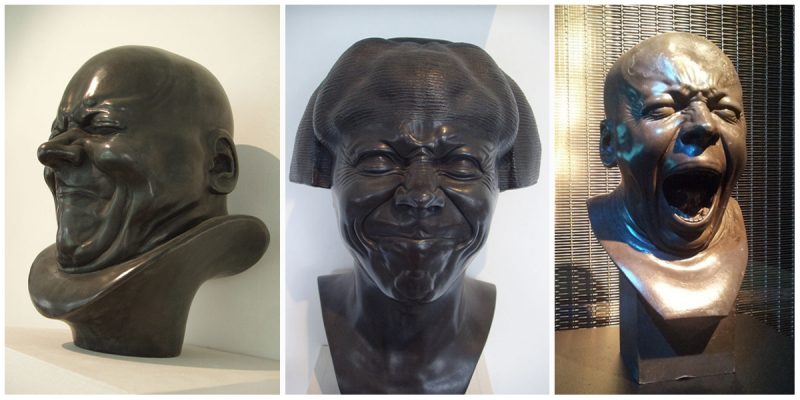A highly innovative contributor to late Baroque sculpture and early strands of Neoclassical sculpture, the German-born Austrian artist Franz Messerschmidt (February 6, 1736 – August 19, 1783), sometimes referred to as one of the best expressionist neoclassical sculptors, is best known for his series of expressionistic portrait busts – known as character heads – a collection of busts with faces contorted in extreme facial expressions, which he sculpted in lead and alabaster.
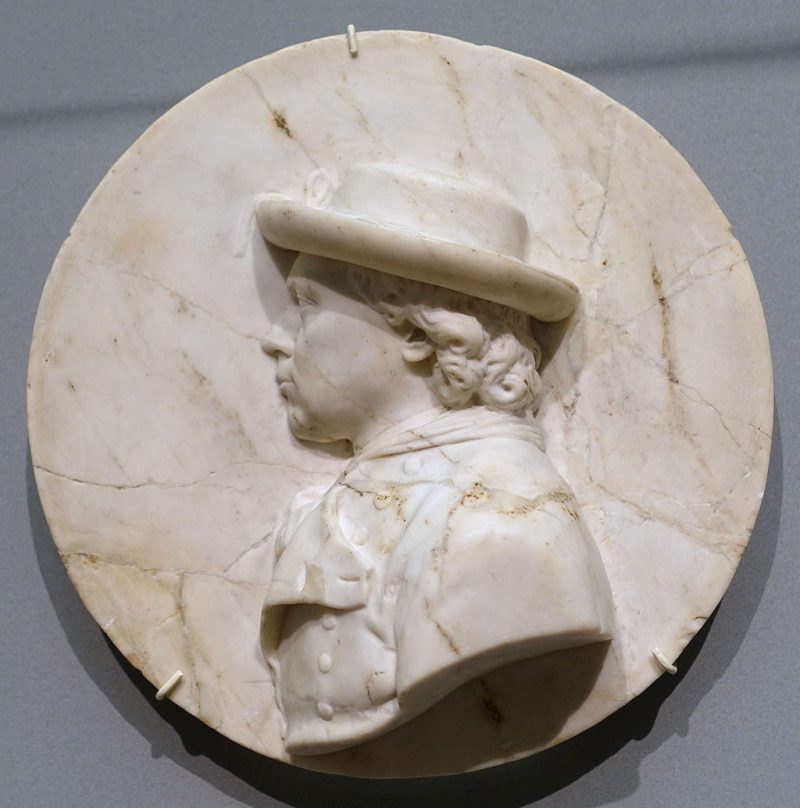
At the end of 1755, Franz Messerschmidt matriculated at the Academy of Fine Arts Vienna and became a pupil of Jacob Schletterer. On graduation, Messerschmidt worked at the Imperial Arms Collection, creating bronze busts and reliefs of the Imperial couple, Empress Maria Theresia and her consort Franz I of Lothringen. Created under the overarching influence of Balthasar Ferdinand Moll, these are Messerschmidt’s first known works of art, which were highly animated in the late Baroque style.
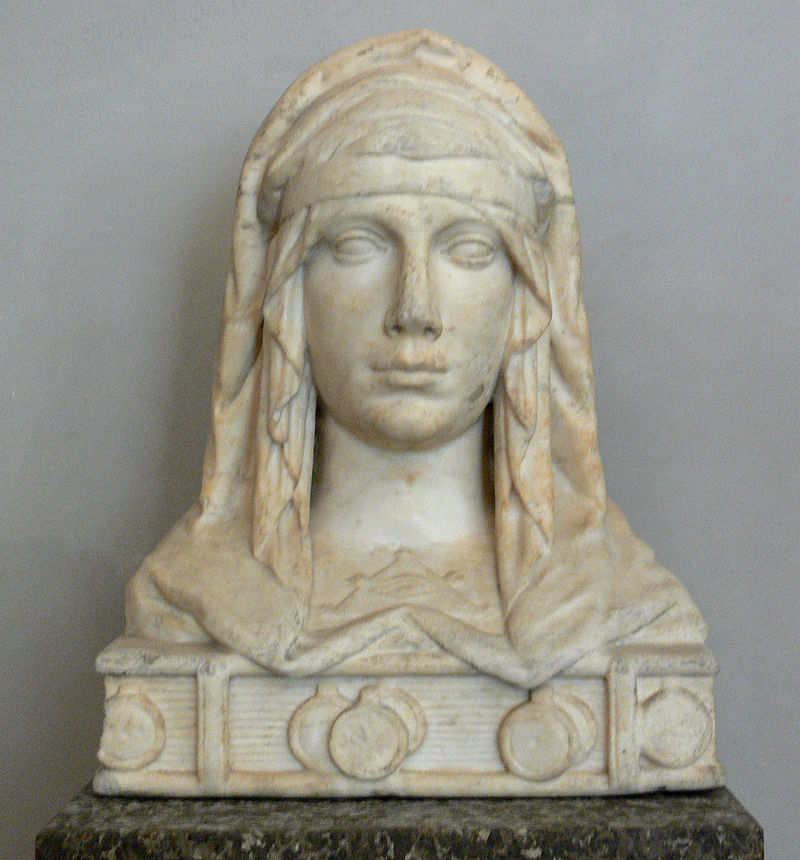
The Baroque period of his oeuvre ended in 1769, and from 1770 to 1772 Messerschmidt began to work on his so-called “Character Heads“ (Charakterkopfe). As with several modern artists after him, including Vincent Van Gogh and Edvard Munch, it is thought that Messerschmidt’s genius in these works may have been linked to the onset of a mental illness, induced by hallucinations and paranoia. The heads represent a series of men whose faces are contorted into various grimaces.
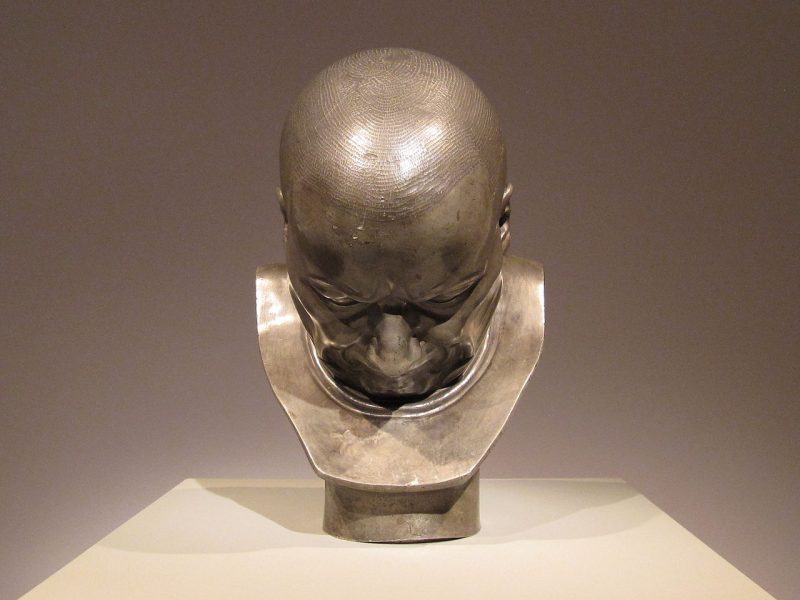
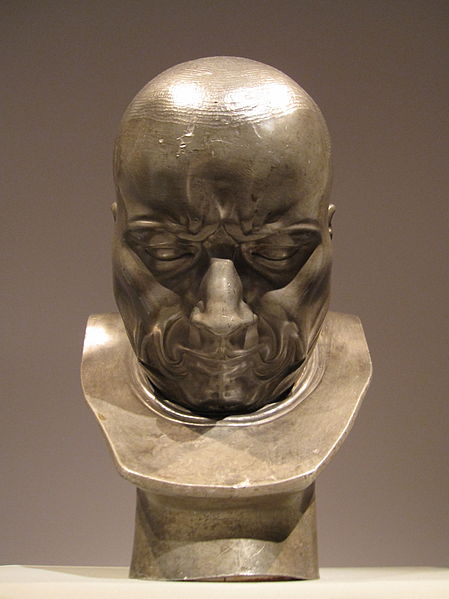
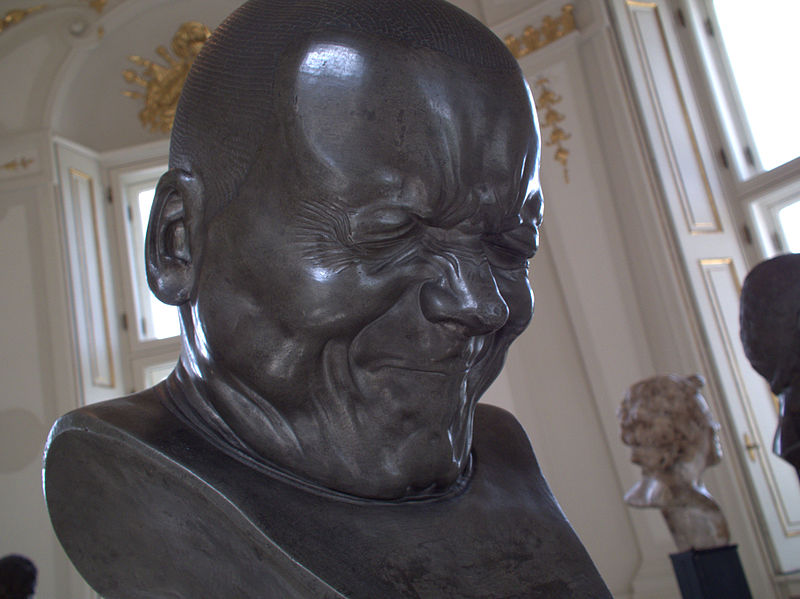
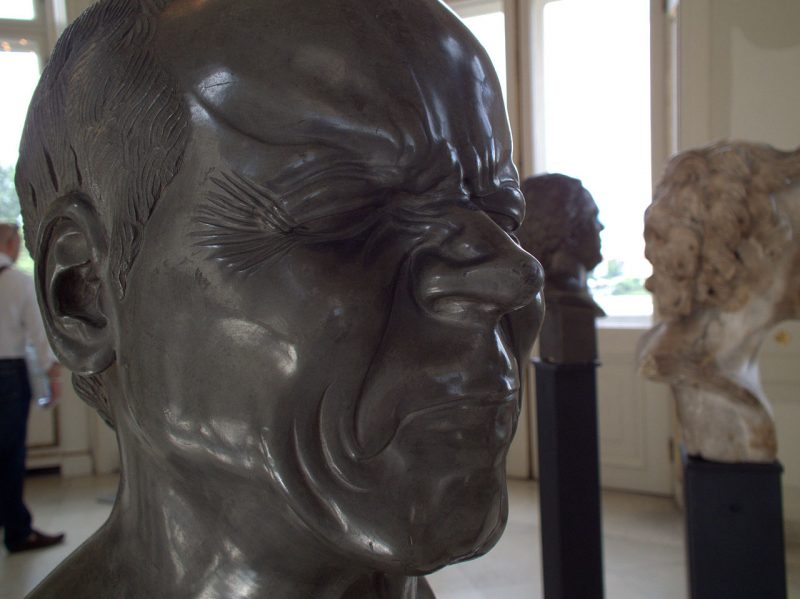
In 1781, the German author Friedrich Nicolai visited Messerschmidt at his studio in Pressburg and subsequently published a transcript of their conversation. Nicolai’s account of the meeting is a valuable resource, as it is the only contemporary document that details Messerschmidt’s reasoning behind the execution of his character heads. It appears that for many years Messerschmidt had been suffering from an undiagnosed digestive complaint, now believed to be Crohn’s disease, which caused him considerable discomfort.
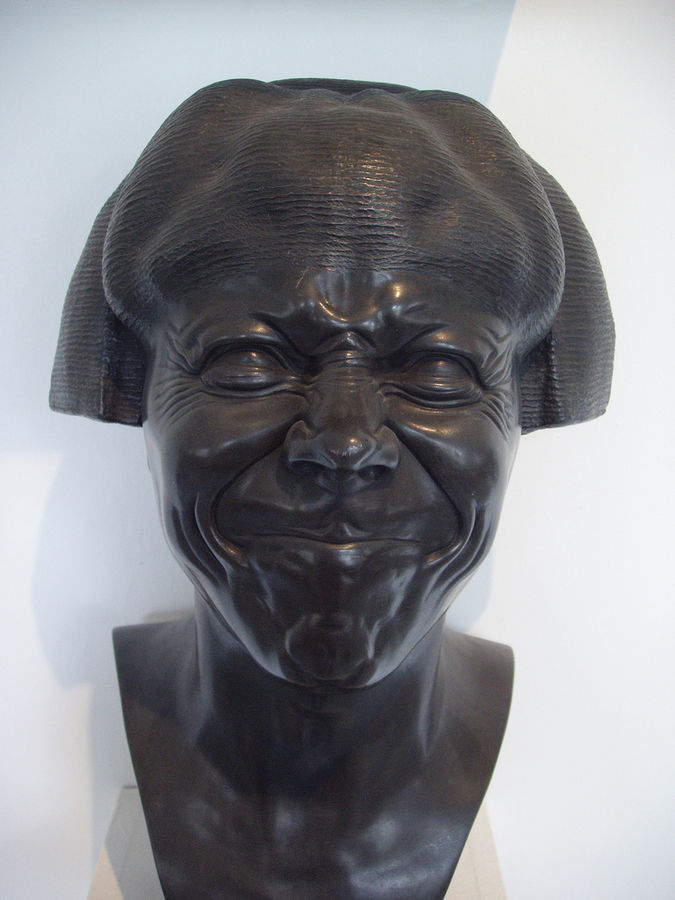
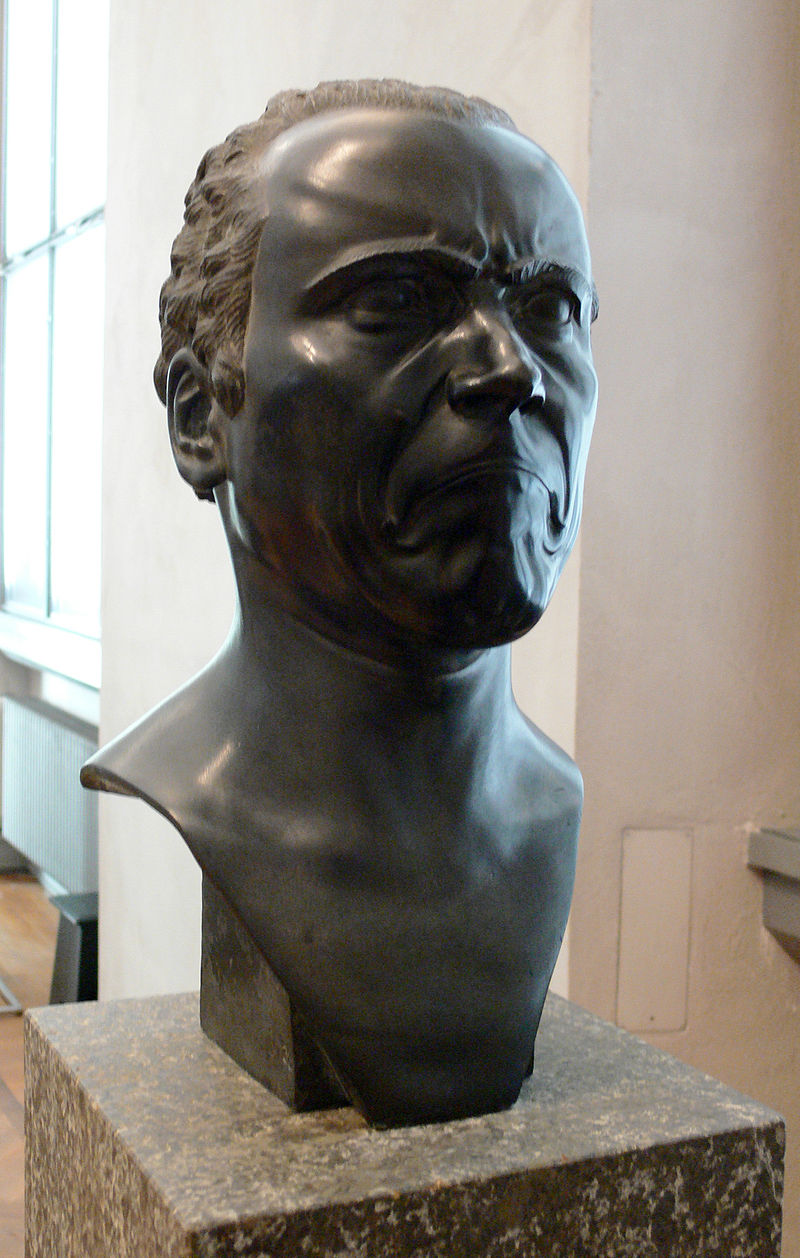
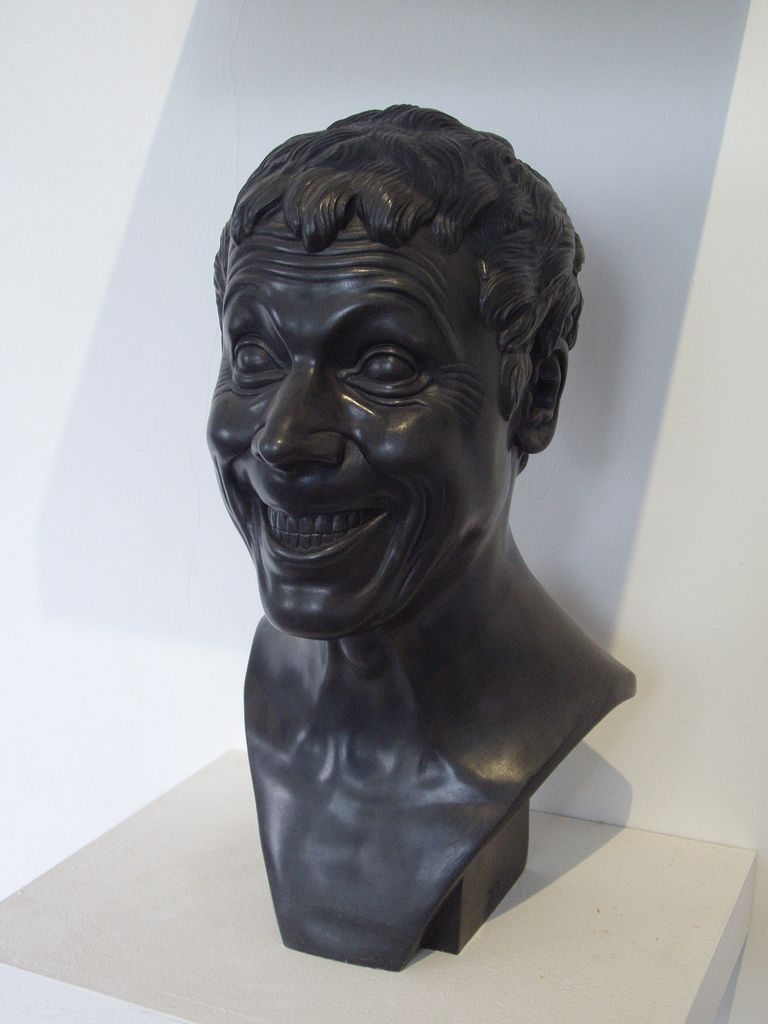
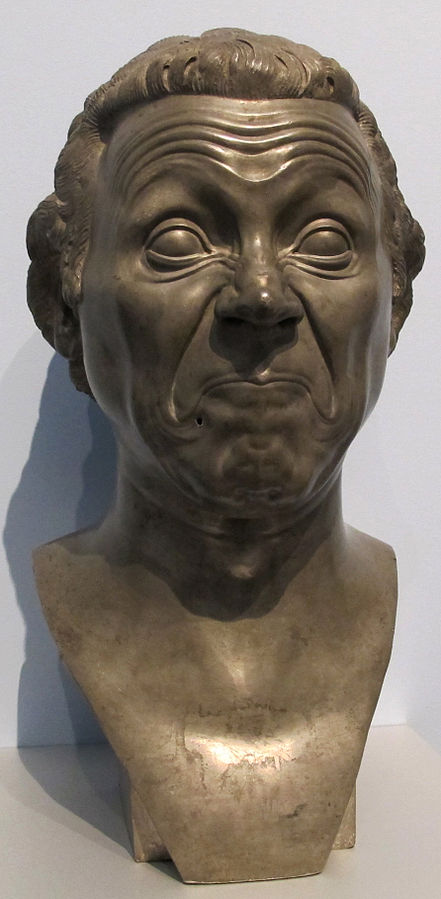
In order to focus his thoughts away from his condition, Messerschmidt devised a series of pinches he administered to his right lower rib. Observing the resulting facial expressions in a mirror, Messerschmidt then set about recording them in marble and bronze. His intention, he told Nicolai, was to represent the 64 “canonical grimaces” of the human face using himself as a template.
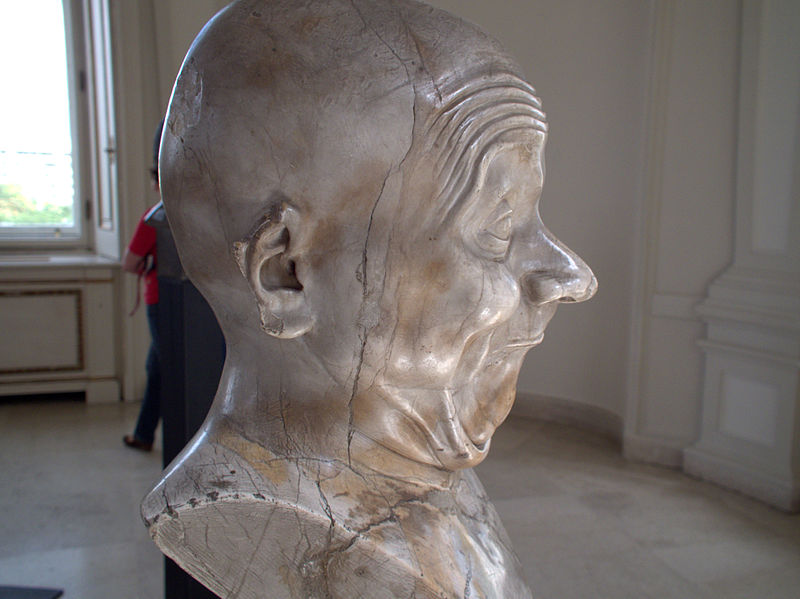
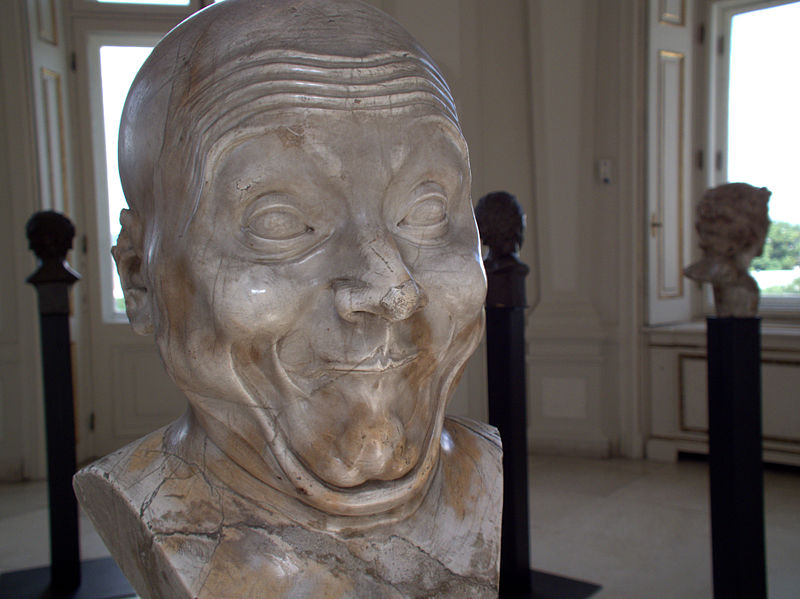
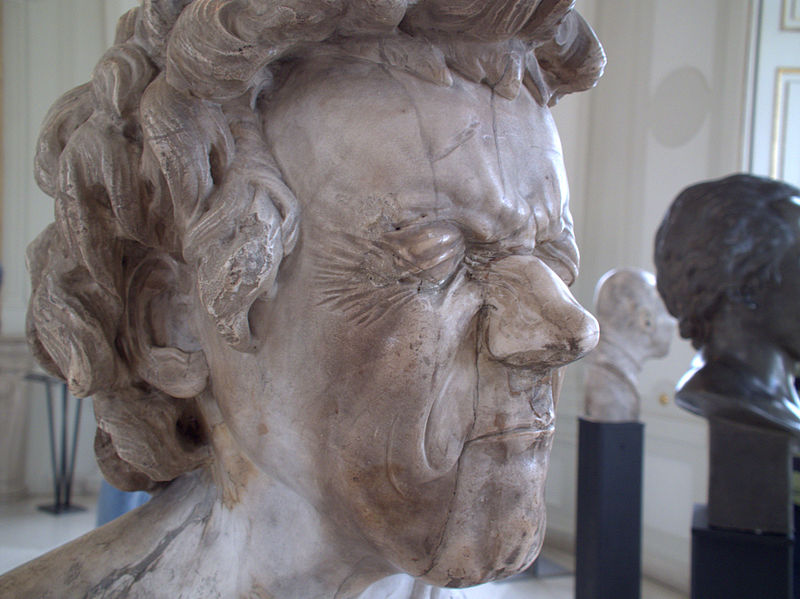
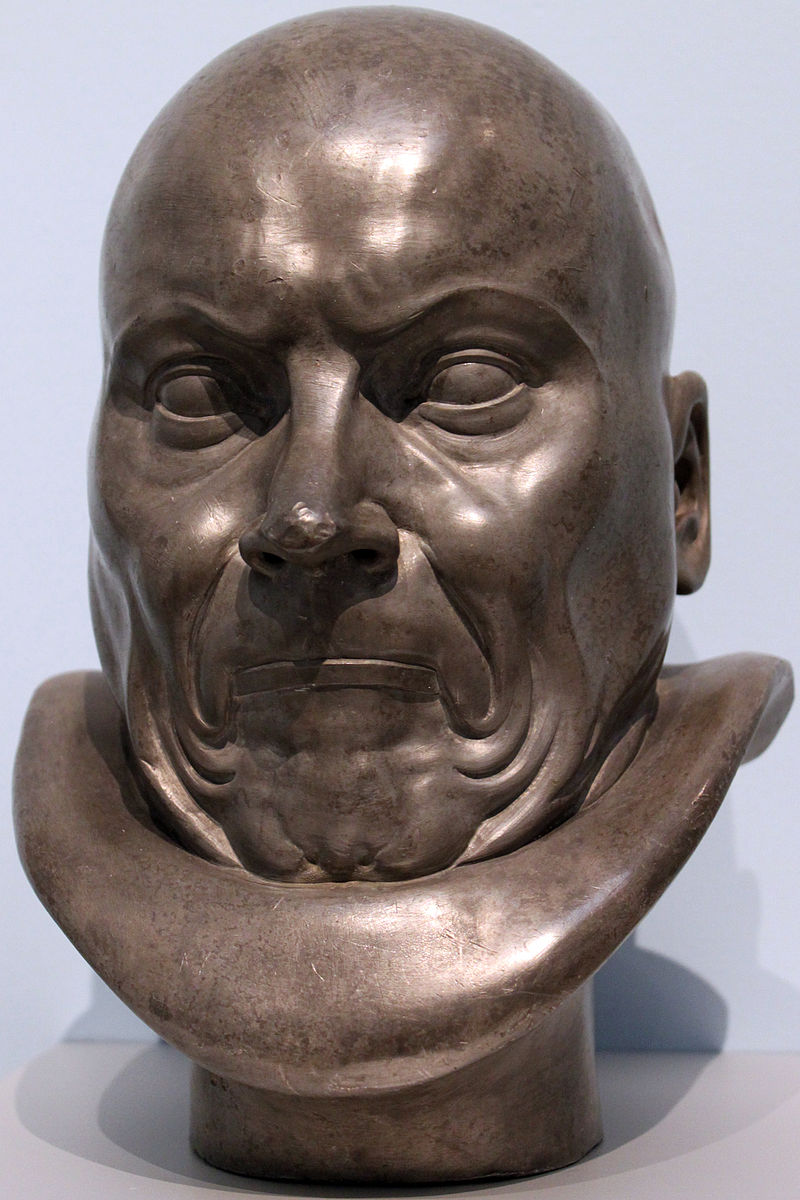
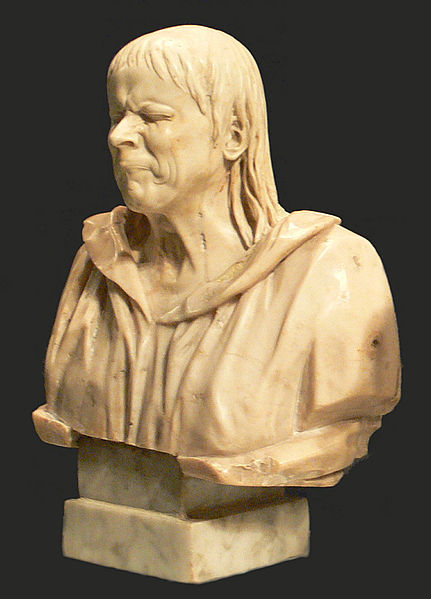
During the course of the discussion, Messerschmidt went on to explain his interest in necromancy and the arcane, and how this also inspired his character heads. Messerschmidt was a keen disciple of Hermes Trismegistus (Nicolai noted that among the few possessions that littered Messerschmidt’s workshop was a copy of an illustration featuring Trismegistus) and abided by his teachings regarding the pursuit of “universal balance”: a forerunner to the principles of the Golden ratio. As a result, Messerschmidt claimed that his character heads had aroused the anger of “The Spirit of Proportion”, an ancient being who safe-guarded this knowledge.
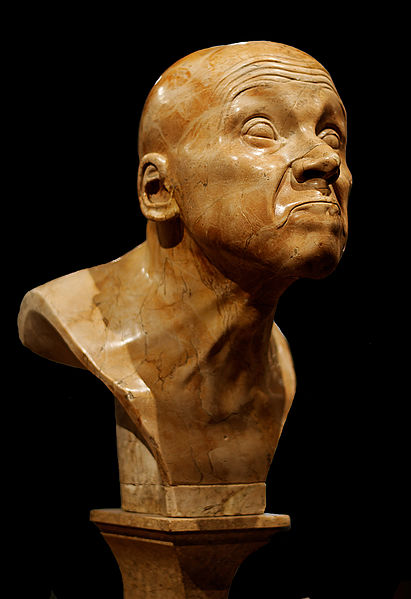
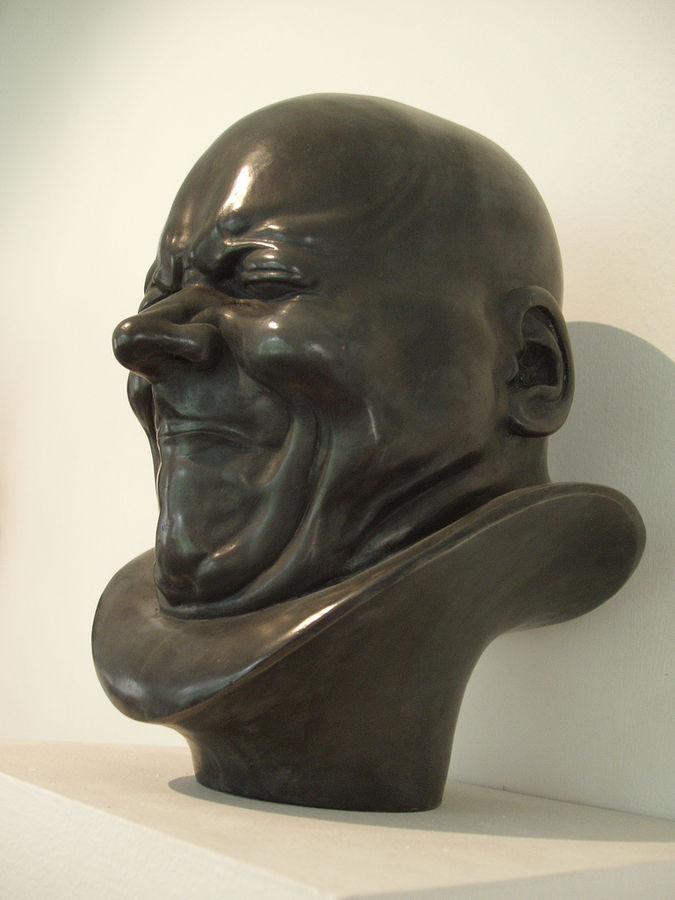
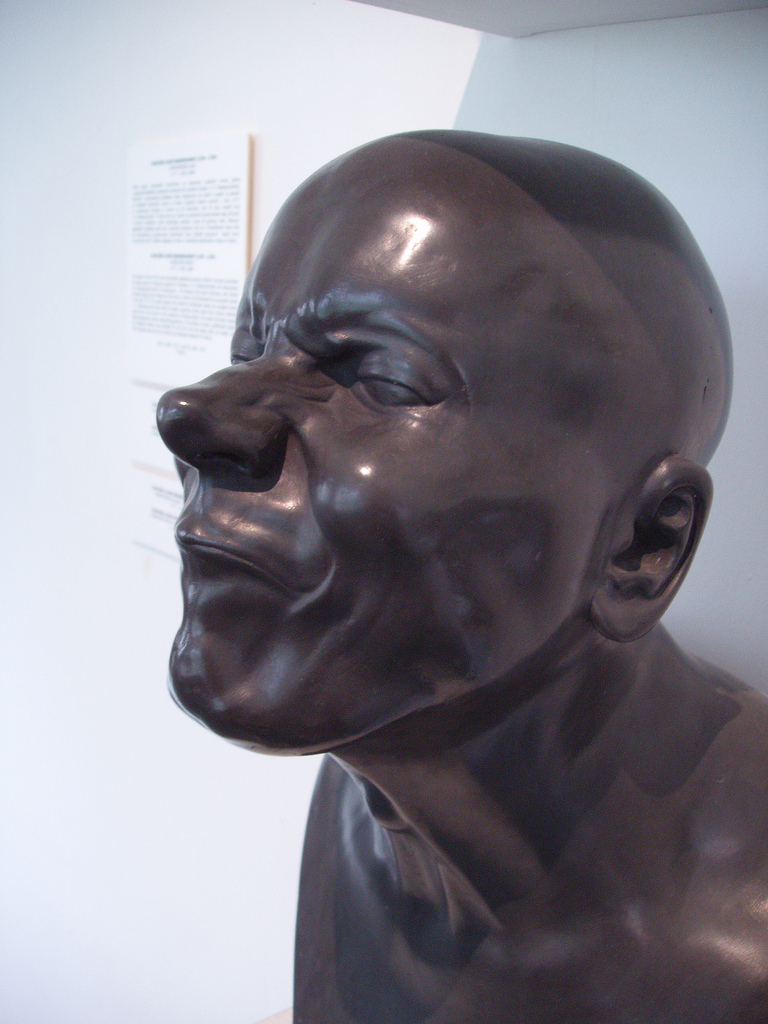
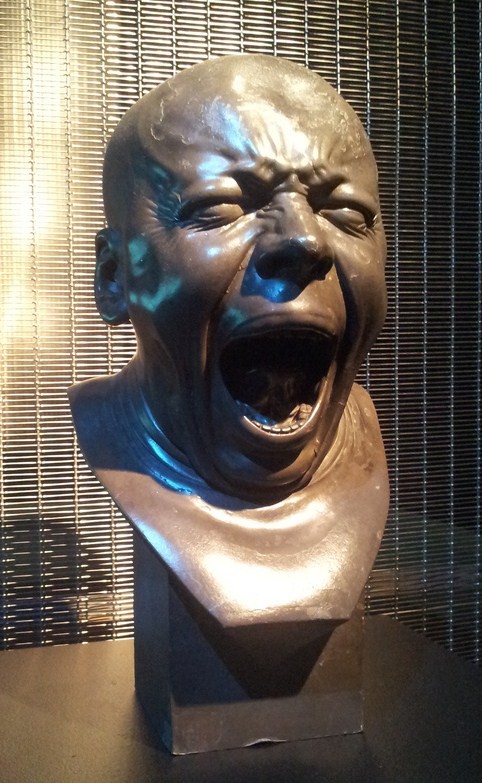
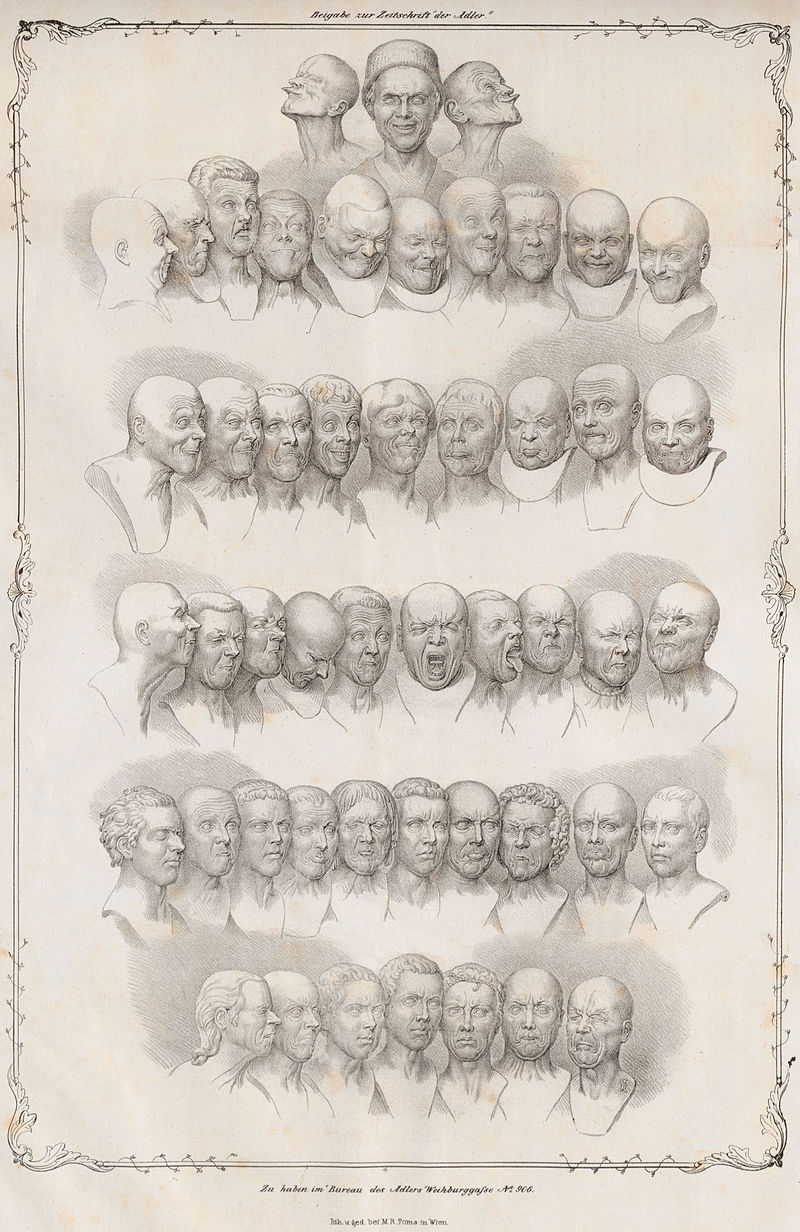
Messerschmidt retreated into retirement, devoting himself exclusively to his busts until he died in 1783. After his death, 69 heads were found in his studio, of which only 43 survive today.
